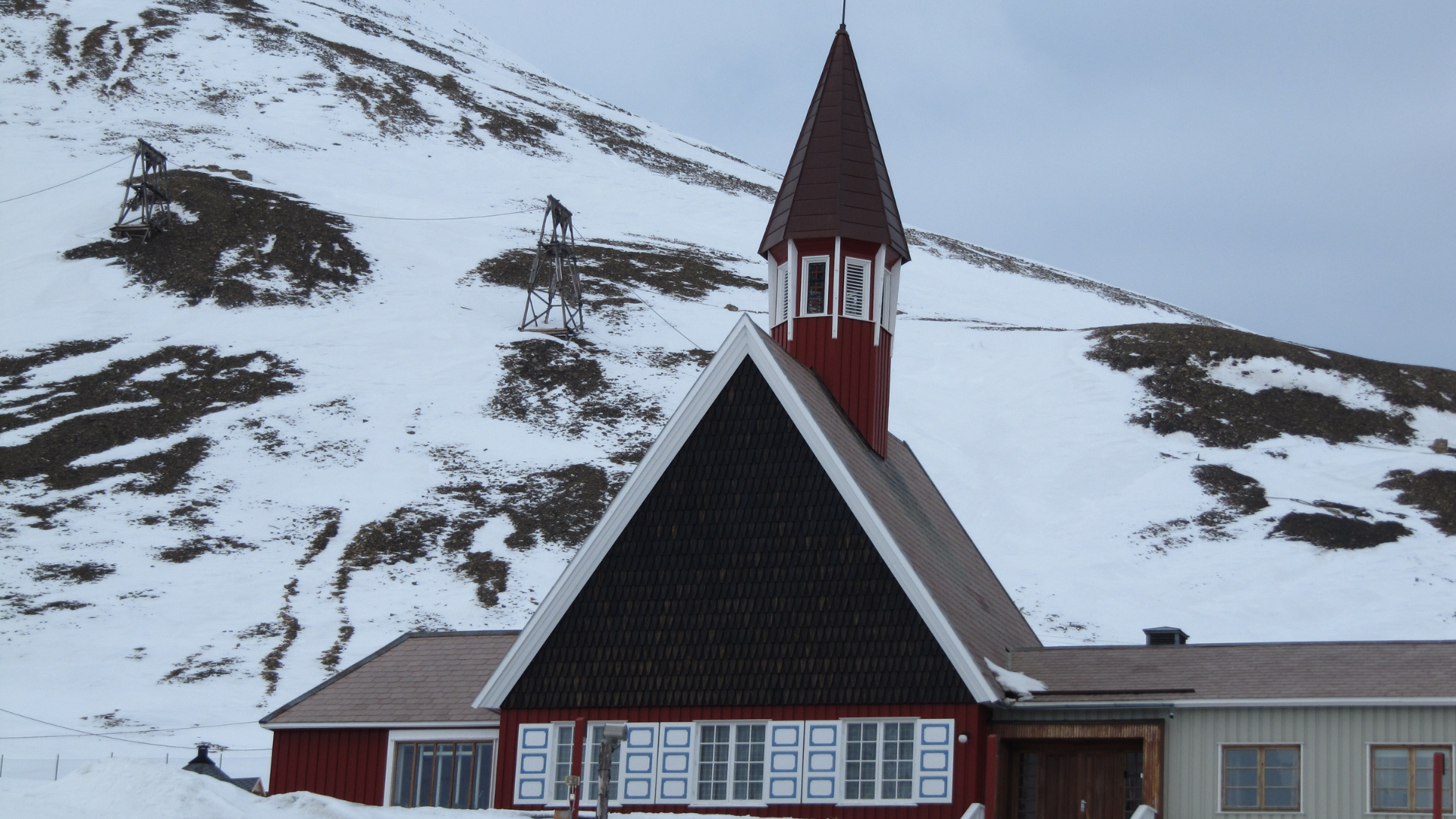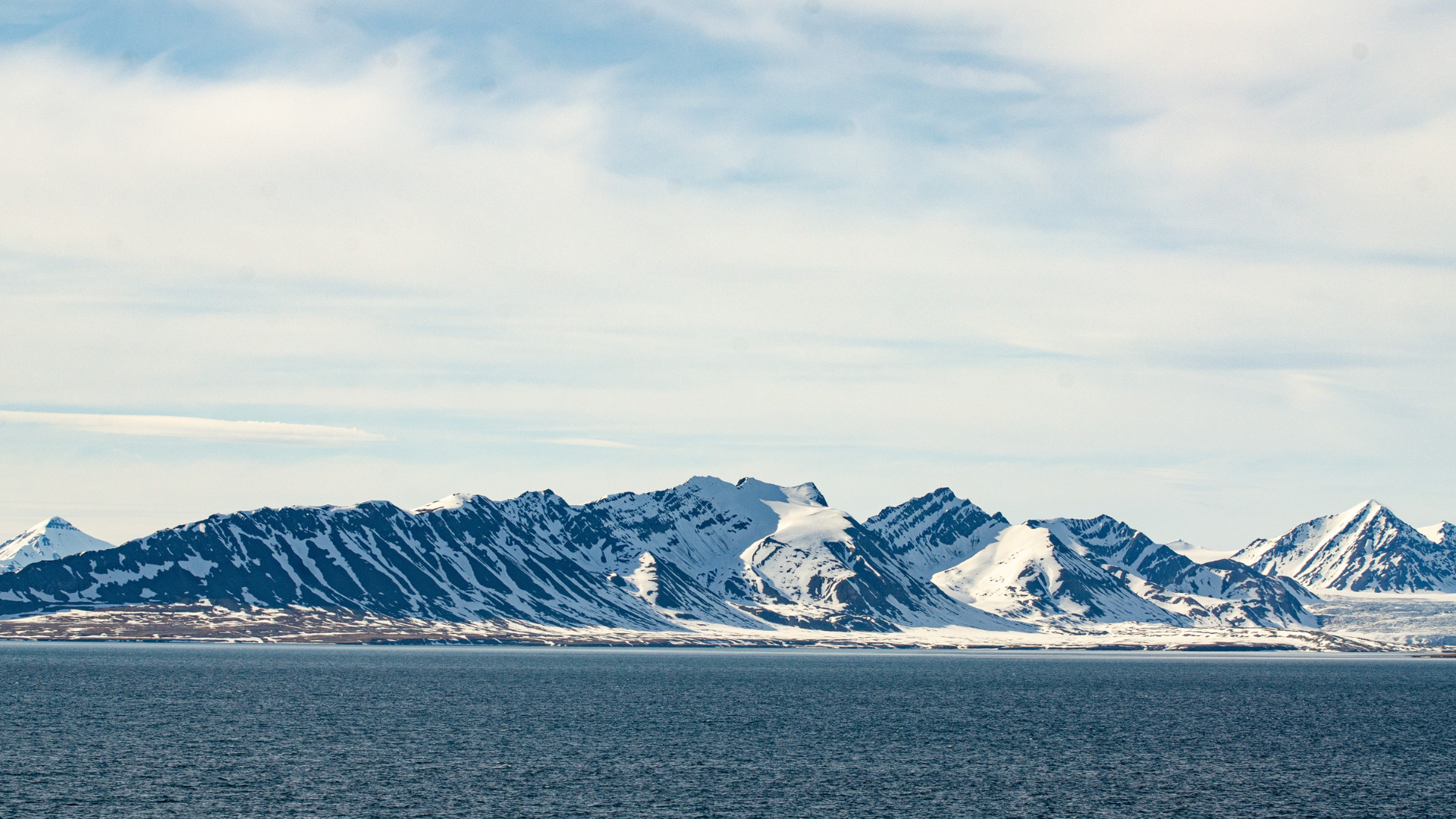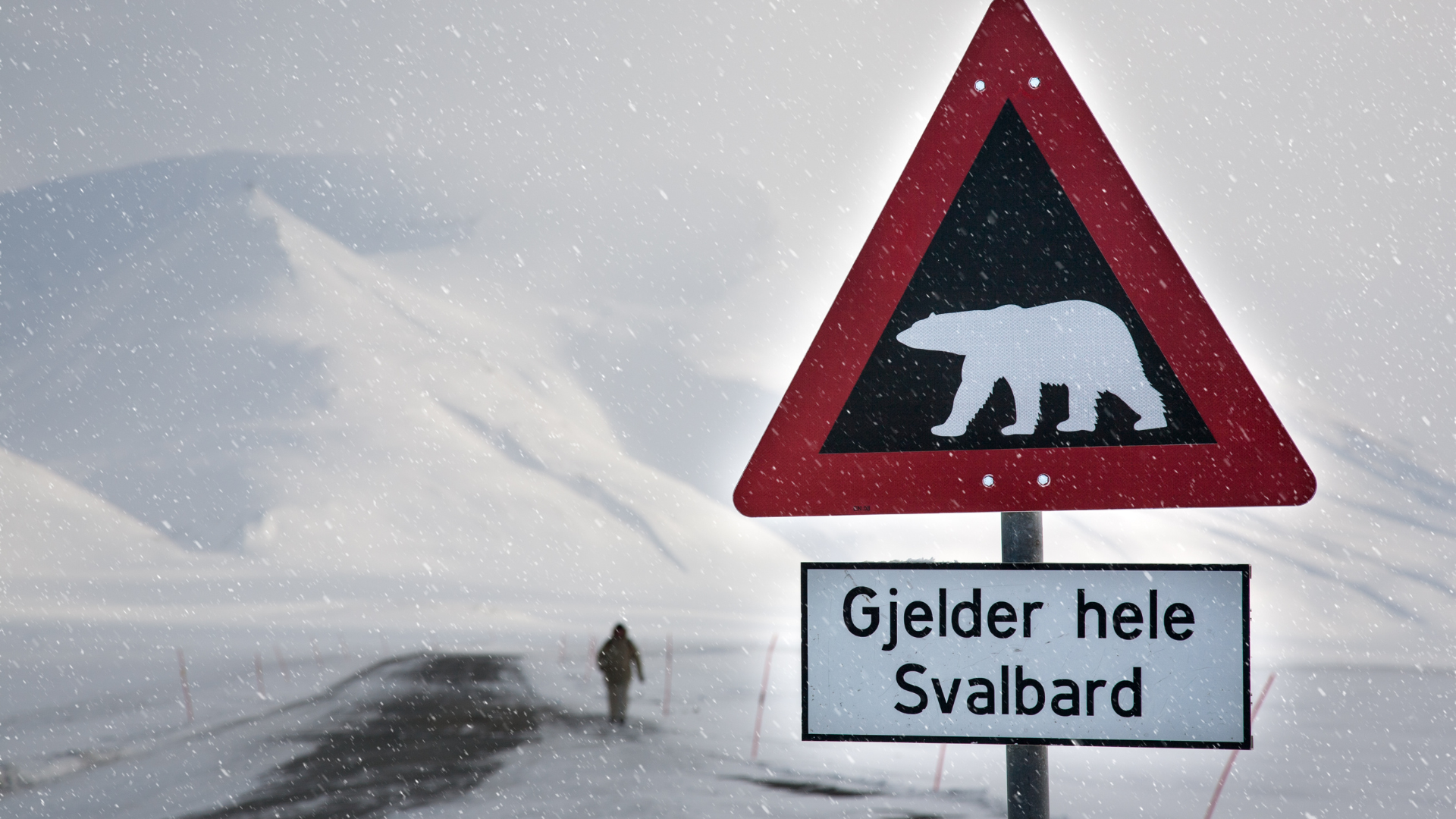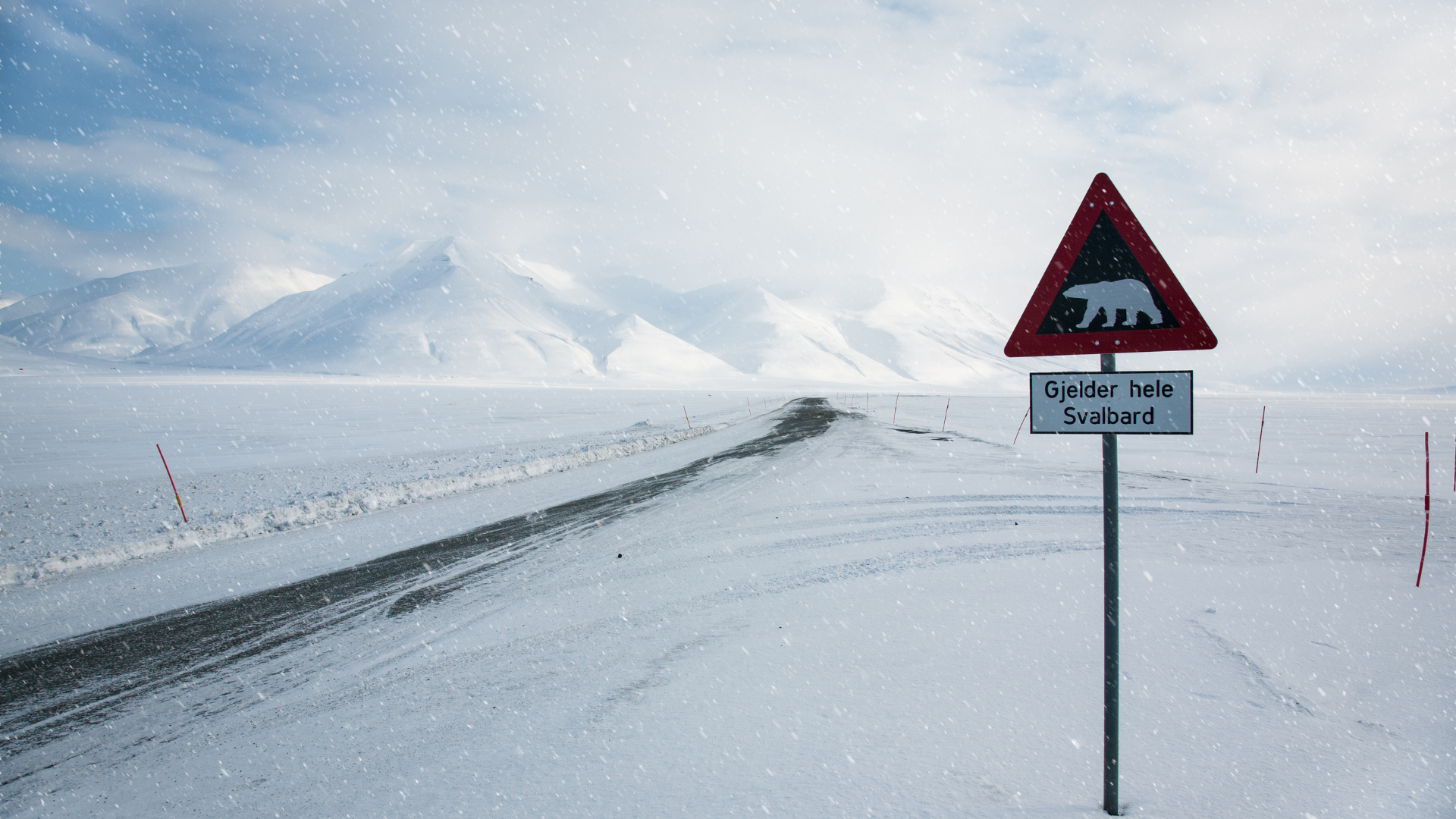Birds in Spitsbergen
Birds in Spitsbergen
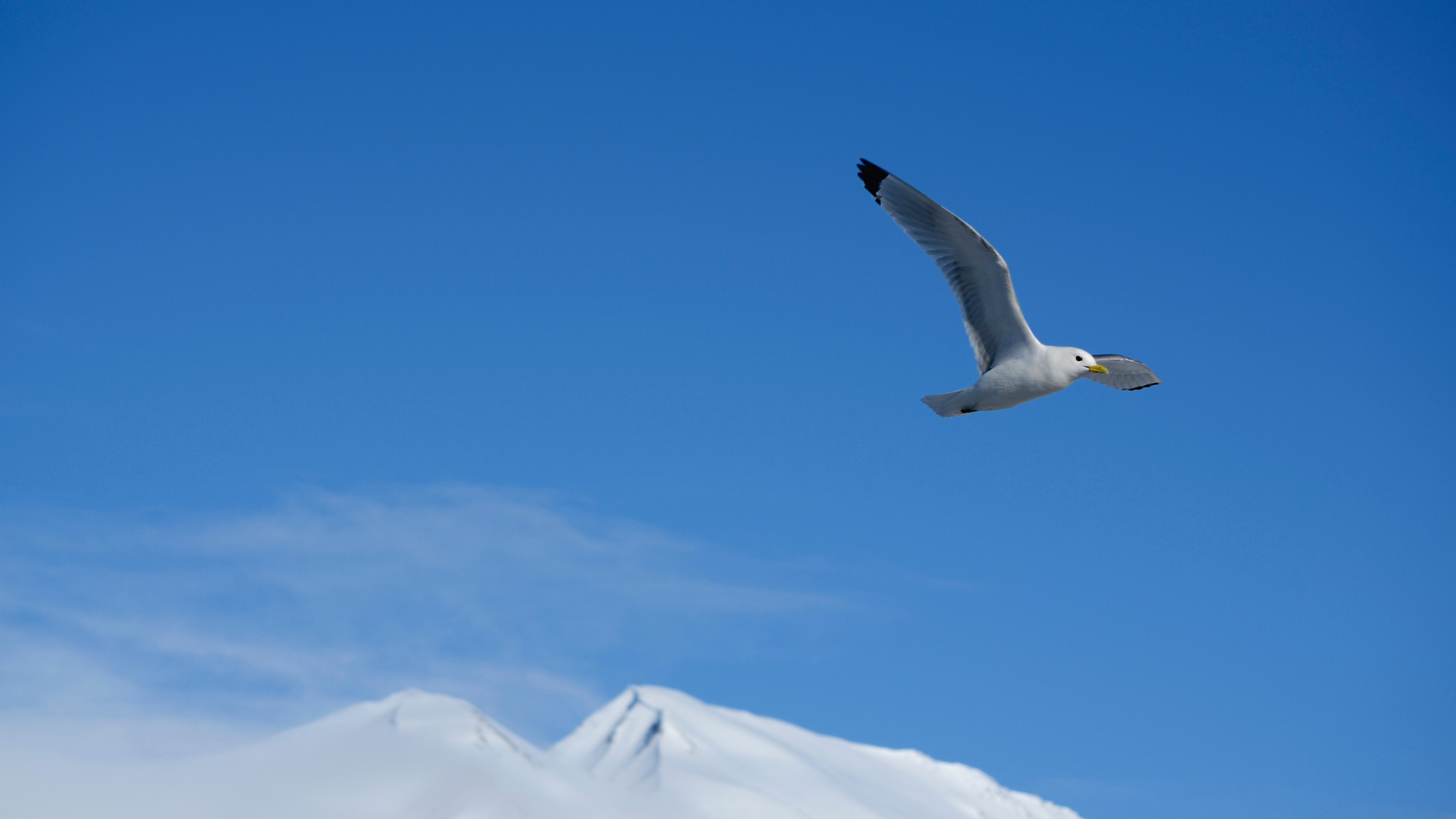
Spitsbergen, the largest island of the Svalbard archipelago, is a birdwatcher's paradise, boasting a diverse array of bird species that thrive in its harsh Arctic environment. The island's unique geographical position, varied landscapes, and nutrient-rich waters create ideal conditions for a wide range of avian life. Here are some fascinating facts about the birds of Spitsbergen.
One of the most iconic bird species in Spitsbergen is the Arctic tern (Sterna paradisaea). Known for its incredible long-distance migration, the Arctic tern travels from its breeding grounds in the Arctic to its wintering grounds in the Antarctic, covering approximately 70,000 kilometers (43,500 miles) annually. This remarkable journey makes it one of the longest migrations of any animal. In Spitsbergen, Arctic terns nest in colonies along the coast, where they fiercely defend their nests from intruders.
The little auk (Alle alle) is another abundant seabird found in Spitsbergen. These small, black and white birds form large colonies on steep cliffs, where they nest in crevices and under rocks. Little auks are excellent fliers and swimmers, feeding primarily on zooplankton, which they catch by diving underwater. Their high-pitched trilling calls can be heard echoing across the fjords during the breeding season.
The Brünnich's guillemot (Uria lomvia), also known as the thick-billed murre, is a common auk species in Spitsbergen. These birds are slightly larger than little auks and have a distinctive black and white plumage with a thicker bill. Brünnich's guillemots are known for their impressive diving abilities, reaching depths of up to 150 meters (492 feet) in search of fish and invertebrates. They nest in large colonies on narrow ledges of cliffs, often alongside other seabird species.
The Atlantic puffin (Fratercula arctica) is perhaps the most recognizable and charismatic of the seabirds in Spitsbergen. Puffins are known for their colorful beaks and striking appearance. In Spitsbergen, puffins nest in burrows or rock crevices and are known for their unique behavior of using their wings to "fly" underwater while hunting for fish. Observing puffins during the summer months can be a highlight of any visit to the archipelago.
Spitsbergen is also home to the majestic ivory gull (Pagophila eburnea), a rare and strikingly beautiful bird with pure white plumage. Ivory gulls are closely associated with sea ice, where they feed on fish, invertebrates, and carrion. They are known to follow polar bears, scavenging on the remains of their kills. The presence of ivory gulls is often an indicator of healthy sea ice ecosystems, and their conservation status is closely monitored due to the impacts of climate change on their habitat.
The barnacle goose (Branta leucopsis) is a migratory species that breeds in Spitsbergen. These geese are easily recognizable by their black and white plumage and distinctive facial markings. During the breeding season, barnacle geese can be seen grazing on tundra vegetation and raising their young in the safety of remote cliffs. They undertake long migrations to wintering grounds in Western Europe, demonstrating impressive navigational abilities.
The snowy owl (Bubo scandiacus) is another captivating bird found in Spitsbergen, particularly during the summer months. These large, white owls are adapted to the Arctic environment, with excellent camouflage and hunting skills. Snowy owls primarily hunt lemmings and other small mammals, but they will also take birds if available. Their presence in Spitsbergen can be sporadic, depending on prey availability and other environmental factors.
The birds of Spitsbergen offer a fascinating glimpse into the resilience and adaptability of Arctic wildlife. From the incredible migrations of the Arctic tern to the charismatic puffins and the elusive ivory gulls, each species contributes to the rich biodiversity of the region. Birdwatching in Spitsbergen provides an unparalleled opportunity to observe these remarkable creatures in their natural habitat, underscoring the importance of conservation efforts to protect their fragile ecosystems.



